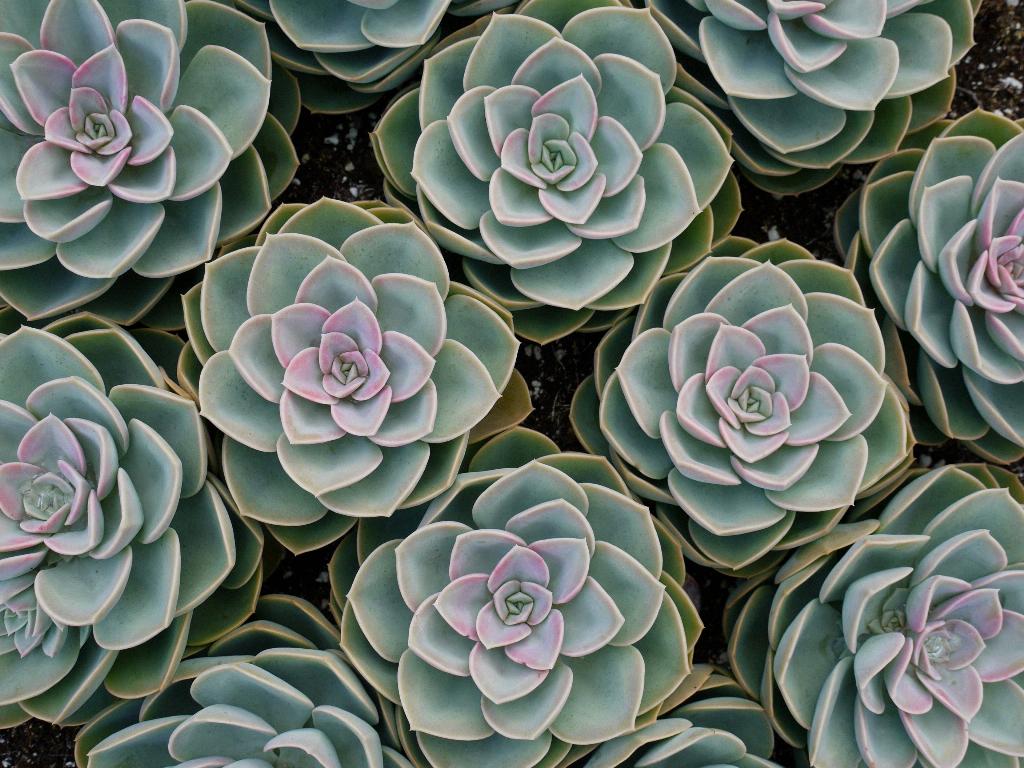When it comes to caring for your beloved succulents, one of the most common questions that often arises is: How often should you water them? This question has sparked numerous debates among plant enthusiasts and experts. In an effort to provide a definitive answer, let’s delve into the topic and unravel the mystery behind watering succulents.
First and foremost, it’s crucial to understand that the frequency of watering your succulents largely depends on various factors such as the type of succulent, the climate in which you live, the season, and the specific growing conditions of your plant. However, as a general guideline, experts often recommend watering your succulents every other week during the non-winter months.
The rationale behind this watering schedule is to strike a balance between providing enough moisture for the succulents to thrive while also preventing overwatering, which can be detrimental to these plants. Succulents are known for their ability to store water in their fleshy leaves and stems, making them highly resilient to periods of drought.
During the winter months, when temperatures tend to drop and daylight hours decrease, the watering needs of succulents change. In colder climates where temperatures fall below 40 degrees Fahrenheit, it is advisable to scale back on watering and only water your succulents once a month. This reduced frequency helps prevent the roots of the plants from becoming waterlogged, which can lead to rot.
It’s worth noting that succulents are adaptable plants that can withstand periods of neglect or underwatering better than overwatering. Their unique anatomy allows them to survive in arid conditions by storing water reserves in their tissues. However, this does not mean that they can go indefinitely without water.
When determining the watering schedule for your succulents, it’s essential to observe the condition of the soil and the appearance of the plant. The most reliable method to ascertain if your succulent needs watering is by checking the moisture level of the soil. A good tip is to stick your finger into the soil about an inch deep. If the soil feels dry to the touch, it’s time to water your succulent.
Over time, you’ll develop a keen eye for recognizing the signs of underwatering or overwatering in your succulents. Symptoms of underwatering include shriveled or wrinkled leaves, while overwatering may manifest as blackened or mushy stems. By paying attention to these visual cues, you can adjust your watering frequency accordingly.
In addition to the frequency of watering, the method of watering is equally important. When watering your succulents, it’s advisable to water the soil directly at the base of the plant, rather than sprinkling water on the leaves. This helps prevent moisture from accumulating on the leaves, which can invite pests and diseases.
Another factor to consider is the type of soil mix used for your succulents. Well-draining soil is essential for succulents to thrive, as it prevents water from pooling around the roots. You can create a suitable soil mix for your succulents by combining potting soil with perlite or coarse sand to enhance drainage.
Ultimately, the key to successfully caring for your succulents lies in striking a delicate balance when it comes to watering. By adhering to a consistent watering schedule based on the seasonal needs of your plants and closely monitoring their condition, you can ensure that your succulents remain healthy and vibrant for years to come.

